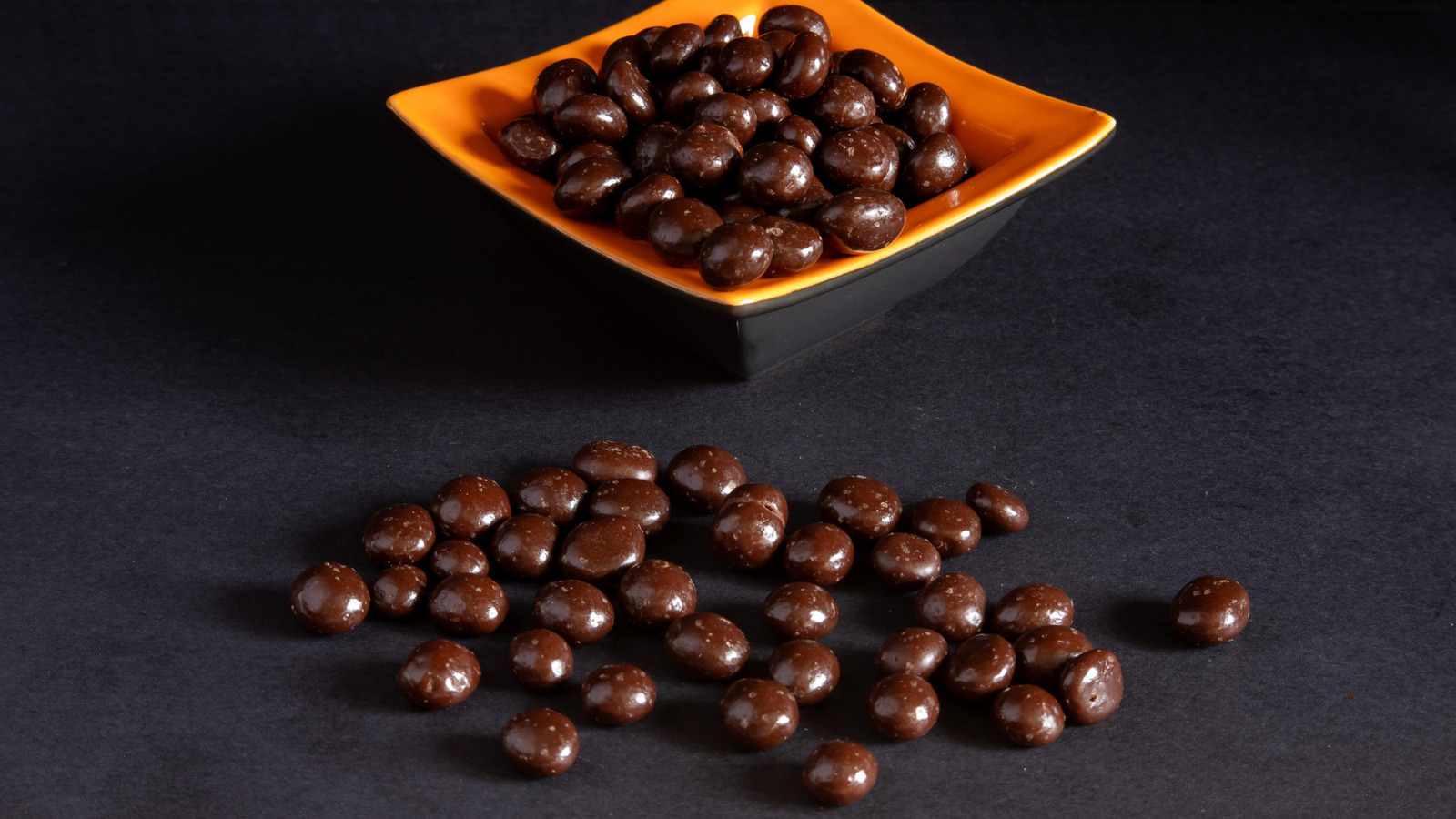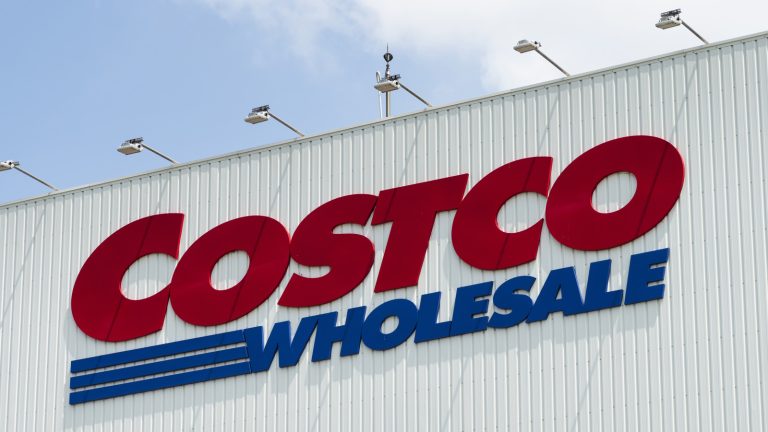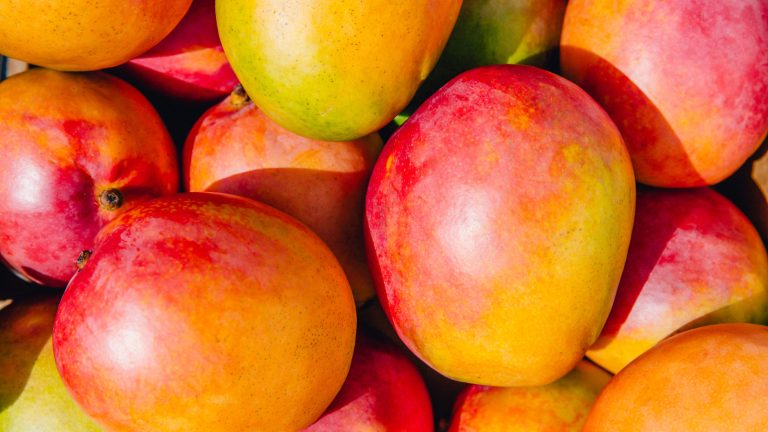Chocolate-covered espresso beans are a delicious snack any time of day, but you need to be careful eating them after you would normally stop drinking coffee because you might be consuming more caffeine than you realize. Tracking caffeine content in espresso beans can be tough because there are a lot of variables at work, but in general coffee beans have more concentrated levels of caffeine than coffee, and even espresso, because they aren’t being diluted by water. Espresso beans start out the same as normal coffee beans, but are prepared in a different way, which can also affect their caffeine content. But taking those factors into account, you’ll normally need about 10 to 15 chocolate-covered espresso beans to get the same effect as a cup of coffee.
A standard 12-ounce cup of coffee can contain anywhere from 113 to 247 milligrams of caffeine depending on the type of beans, the type of roast, and even how the coffee is brewed. In comparison, a coffee bean can vary from 6 to 13 milligrams, with the USDA using a baseline of 12 milligrams of caffeine per chocolate-covered coffee bean. This is boosted by the fact that chocolate also has a small amount of natural caffeine in it. Espresso beans specifically are usually roasted darker than other coffee, which does lessen the caffeine content slightly, because more caffeine disappears the more water the beans lose as they are roasted, but 12 milligrams is a good baseline to go on.
Fewer than 20 chocolate-covered espresso beans match most cups of coffee
While that wide range of 113 to 247 is the average caffeine content in a cup of coffee, depending on where you are getting your drink your standard cup may actually have even more. A 16-ounce grande drip coffee from Starbucks has a whopping 315–390 milligrams of caffeine per cup, depending on the roast, with the blonde roast having the most. By contrast, a 14-ounce medium at Dunkin’ has only 210 milligrams, and 16-ounce medium at Panera has only 189. The recommended maximum limit for caffeine is 400 milligrams per day. Any more than that can have negative impacts on your health.
So depending on what kind of coffee you’re drinking, your standard caffeine levels are going to vary quite wildly. This also means that those chocolate-covered espresso beans and other caffeinated snacks might hit you a little harder if you drink coffee that’s at the low end of caffeine content. And because chocolate-covered espresso beans are so small, snacky, and delicious, it can be easy to overdo it. Even though caffeine has its strongest effects within the first few hours of consumption, it can last in your system as long as nine hours, so crushing a handful of chocolate-covered espresso beans too late in the day can also have negative impacts on your sleep. It’s probably best to treat them like you should coffee: Eat them in moderation and try to stick to mornings and early afternoons.






